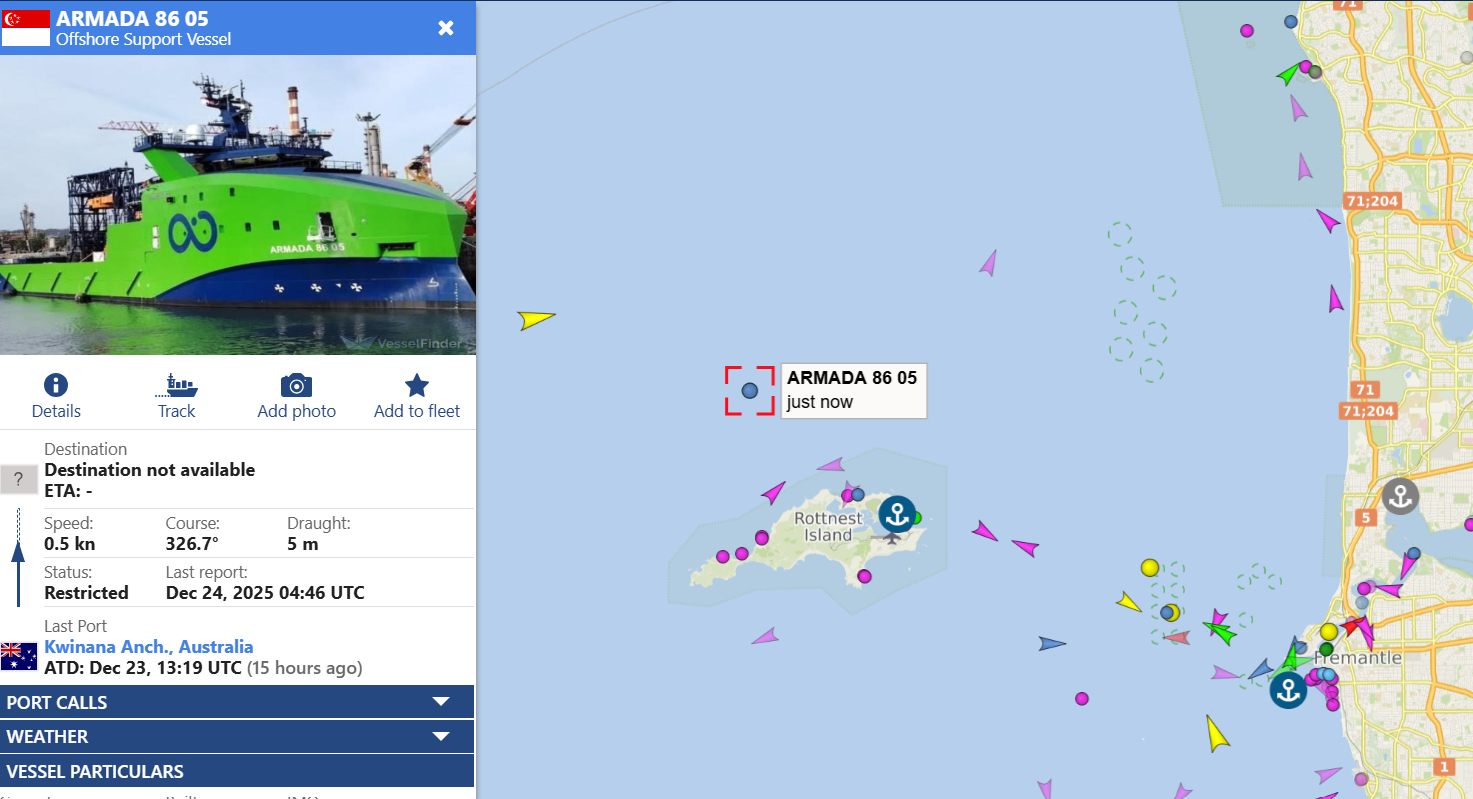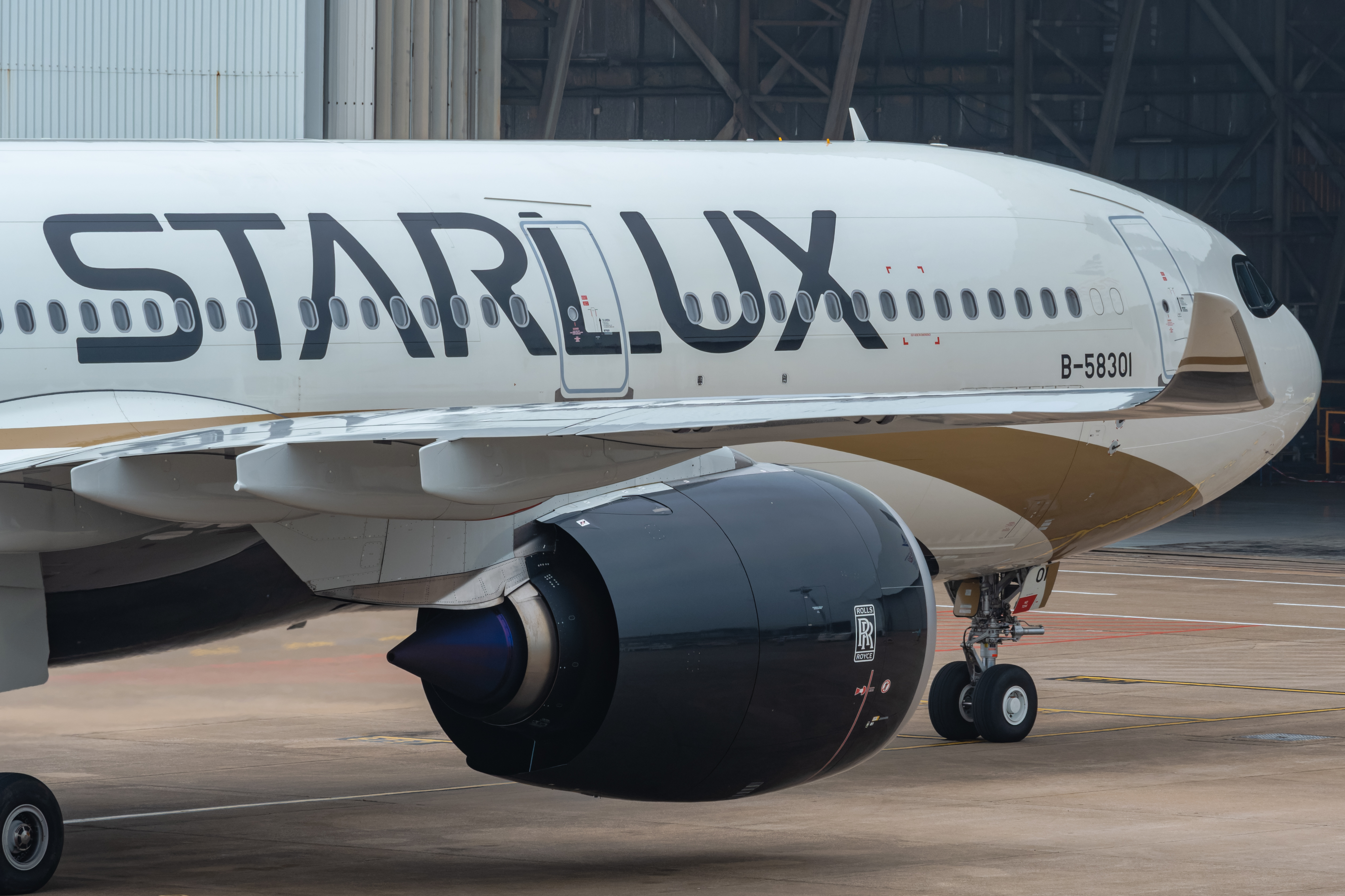
By Airline Ratings
Published Tue Aug 12 2025
According to the 84-page ICAO 2025 Safety Report – State of Global Aviation Safety, there were 95 accidents involving scheduled commercial flights in 2024, up from 66 in 2023. Beyond developing Standards and Recommended Practices (SARPs) and guidance materials, ICAO also creates various programmes, initiatives and implementation tools to tackle specific safety challenges.
The following are the ten key areas of concern identified by ICAO and the actions being taken to address them.
1) Global Navigation Satellite System Radio Frequency Interference (GNSS RFI)
GNSS provides positioning, navigation and timing information and is the backbone of modern aviation. Its vulnerability lies in its low transmission power, with satellite signals arriving weak at the receiver antenna and therefore susceptible to interference.
There are two forms of GNSS radio frequency interference (RFI): jamming and spoofing. Jamming is intentional interference that prevents GNSS receivers from locking onto satellite signals, rendering the system unusable or degraded in affected areas. Spoofing involves broadcasting GNSS-like signals that mislead avionics into calculating incorrect positions and issuing false guidance.
ICAO has been developing recommendations and guidance on GNSS RFI since 2003. While a complete resolution of the issue in the short term is unlikely, efforts are concentrated on mitigation. Member States are encouraged to:
Anticipate potential disruptions by planning ahead, coordinating with relevant stakeholders and raising awareness of the impacts.
Regulate through clear guidelines and enforcement to protect GNSS systems from interference.
Mitigate by implementing strategies such as maintaining a network of conventional navigation aids to ensure safe, efficient and secure air navigation services remain uninterrupted.
2) Crucial Role of Civil-Military Cooperation in Aviation
Civil-military coordination optimises air traffic management, improves airspace use and supports operations in both peacetime and conflict.
ICAO is promoting a more dynamic model where airspace is allocated based on real-time operational requirements rather than permanent segregation. One of the best ways to do this is through the flexible use of airspace (FUA) model which allows the opening of restricted military zones for civilian flights during low activity, which improves efficiency and reduces delays.
Military services often contribute to search and rescue operations, requiring close alignment with civil authorities. Coordination has proven essential during armed conflicts for issuing Notices to Airmen (NOTAMs), rerouting flights and managing complex airspace. Future priorities include supporting next-generation initiatives such as free route airspace, unmanned aircraft systems and advanced air mobility.
3) Evolution of Aeronautical Meteorological Services Against Turbulence
Hazardous weather can disrupt safe and efficient aircraft operations at all phases of flight, from aerodrome environments to cruising altitudes. Turbulence encounters have been a major contributing factor in many accidents and incidents, and scientific research indicates that clear air turbulence is likely to increase in both intensity and frequency due to climate change and strengthened jet streams.
The global rollout of air-ground communication infrastructure, such as Automatic Dependent Surveillance–Broadcast (ADS-B) version 3.0, will enhance real-time exchange of turbulence data, enabling aircraft to avoid high-risk areas, particularly in cases of clear air turbulence. ICAO is also developing the Hazardous Weather Information Services (HWIS), a new concept in meteorological information delivery. Using System Wide Information Management (SWIM) technology, HWIS will provide timely, harmonised short-term forecasts for en-route hazardous weather phenomena such as cumulonimbus clouds, turbulence and aircraft icing.
The World Area Forecast System (WAFS), operated by the forecast centres in London and Washington, is planning to introduce advanced numerical weather forecasting capabilities supported by rapid computing infrastructure. From November 2025, next-generation WAFS forecasts will offer finer horizontal, vertical and temporal resolution for adverse en-route weather. Additionally, the two WAFCs will introduce new products that indicate the likelihood of clear air turbulence and mountain-induced turbulence separately, supporting more precise flight planning and comprehensive risk assessment.
4) Enhancing Runway Safety
ICAO has amended Annex 14 to include runway distance remaining signs to improve pilot situational awareness. These signs provide real-time runway distance data to help pilots decide on go-arounds, adjust braking and optimise rollout, and ICAO stresses the importance of training pilots in their use. It is essential that pilots operating at aerodromes with RDRS are familiar with their purpose and use. The full report can be found here.
5) Health Promotion and Mental Wellbeing
Marking the 10th anniversary of the Germanwings accident in March 2025, ICAO continues to prioritise mental health in aviation. The ICAO Mental Health Working Group meets monthly to share best practices and address safety-related mental health issues.
6) Timely Publication of Accident Investigation Final Reports
ICAO Annex 13 – Aircraft Accident and Incident Investigation requires that the State responsible for investigating an accident or incident make the Final Report publicly available within 12 months, if possible, in the interest of accident prevention. For investigations involving aircraft with a certified maximum take-off weight (MTOW) over 5,700 kg, the State must also submit the Final Report to ICAO. These reports are stored in ICAO’s central database, the e-Library of Final Reports, which is accessible on the ICAO website.
In 2017, data showed that only 41 percent of fatal accidents involving civil-operated aircraft with an MTOW over 5,700 kg between 1990 and 2016 had a publicly available Final Report. By 2024, this figure had improved significantly, with 76 percent of reports published for investigations completed between 2017 and 2022.
7) Accident/Incident Data Reporting System (ADREP)
Established in 1976, the ADREP system collects and shares accident and incident data globally. It uses a harmonised taxonomy updated with input from Contracting States. The current version of the taxonomy is available here.
States are also urged to use this taxonomy in their national reporting to achieve international harmonisation and thereby enable the exchange and aggregation of occurrence information making for better reports and accident prevention.
8) Strengthening Wildlife Strike Reporting
Wildlife strikes remain a significant hazard, especially during takeoff and landing. Between 2016 and 2021, 24 percent of strikes occurred during takeoff and 46 percent during descent, approach or landing roll, critical moments when aircraft are most vulnerable
ICAO’s Bird Strike Information System now has national focal points in 66 percent of States, and over 273,000 wildlife strike reports were received during this period, a 280 percent increase from the previous eight years.
9) Global Aeronautical Distress and Safety System (GADSS)
Since 2014, ICAO has been developing Standards and Recommended Practices, along with associatedbguidance, for the implementation of the Global Aeronautical Distress and Safety System (GADSS). This initiative followed a review of existing Standards after two high-profile accidents — AF447 and MH370 — revealed that further improvements in aircraft tracking were both possible and necessary.
As of 1 January 2025, all new aircraft, first issued with a Certificate of Airworthiness dated 1 January 2024 or later, must be equipped with technology capable of detecting a distress situation in flight and automatically transmitting the aircraft’s position at intervals of one minute or less. This capability is designed to pinpoint an aircraft’s location within six nautical miles after a serious event such as total loss of engine thrust, highly unusual airspeed or attitude, or other specified conditions.
In-flight triggering ensures that search and rescue personnel receive signals enabling them to rapidly locate the aircraft. The Location of an Aircraft in Distress Repository (LADR) will also ensure that all parties involved in the incident have access to the same information.
GADSS has been designed to facilitate continuous aircraft tracking, identify aircraft in distress for prompt response, and ensure that vital flight data related to serious incidents and accidents can be retrieved to support analysis and prevent future occurrences. Its completion represents a major milestone in aviation safety.
10) Safe Integration of Unmanned Aircraft Systems and Advanced Air Mobility
ICAO is developing frameworks to integrate drones, advanced air mobility and other emerging technologies into legacy aviation systems, with a focus on balancing efficiency, safety and national sovereignty in increasingly complex airspace environments. As air space gets busier and drones forever in crease in number this piece of work is becoming increasingly important
Have questions or want to share your thoughts?
Get In Touch





